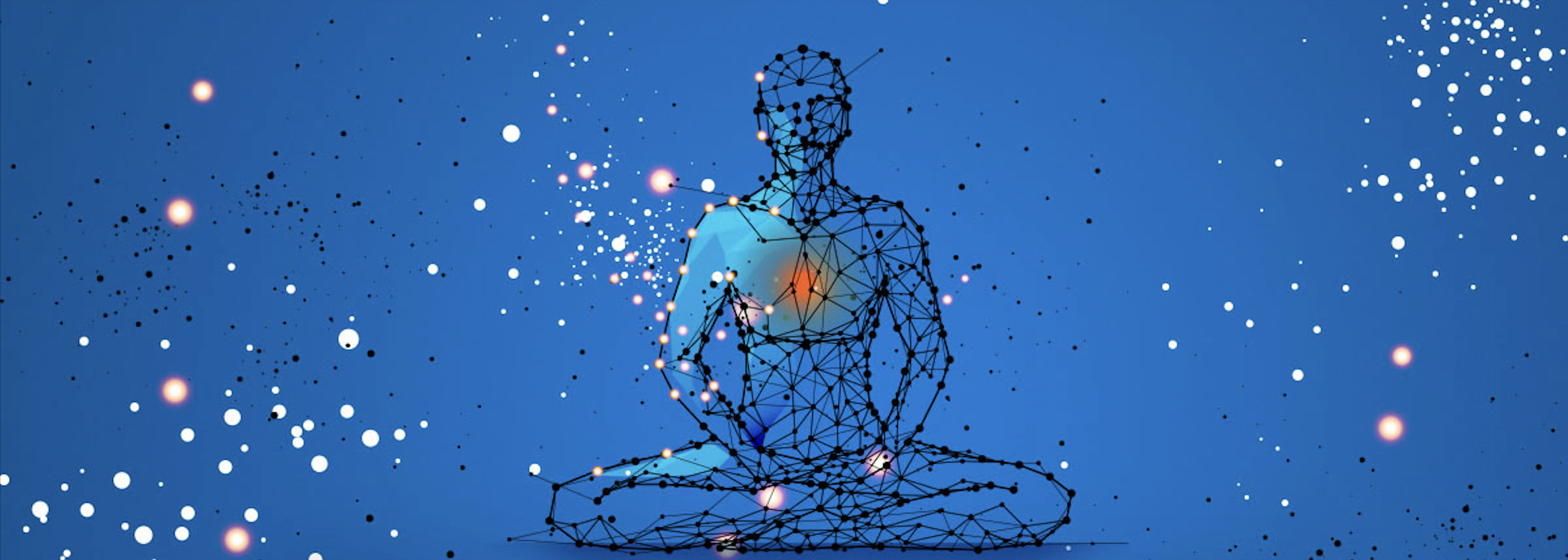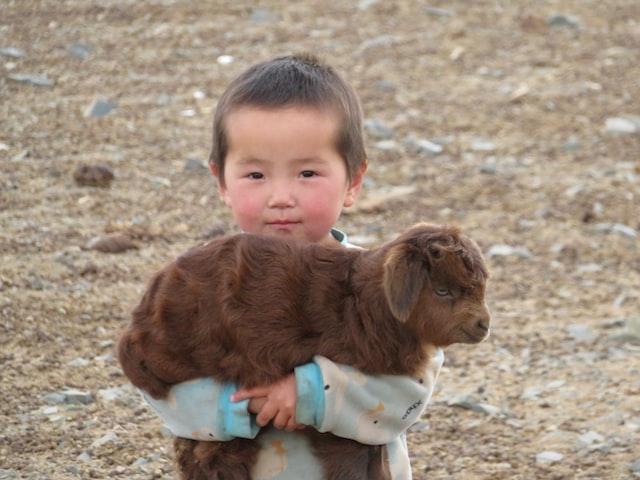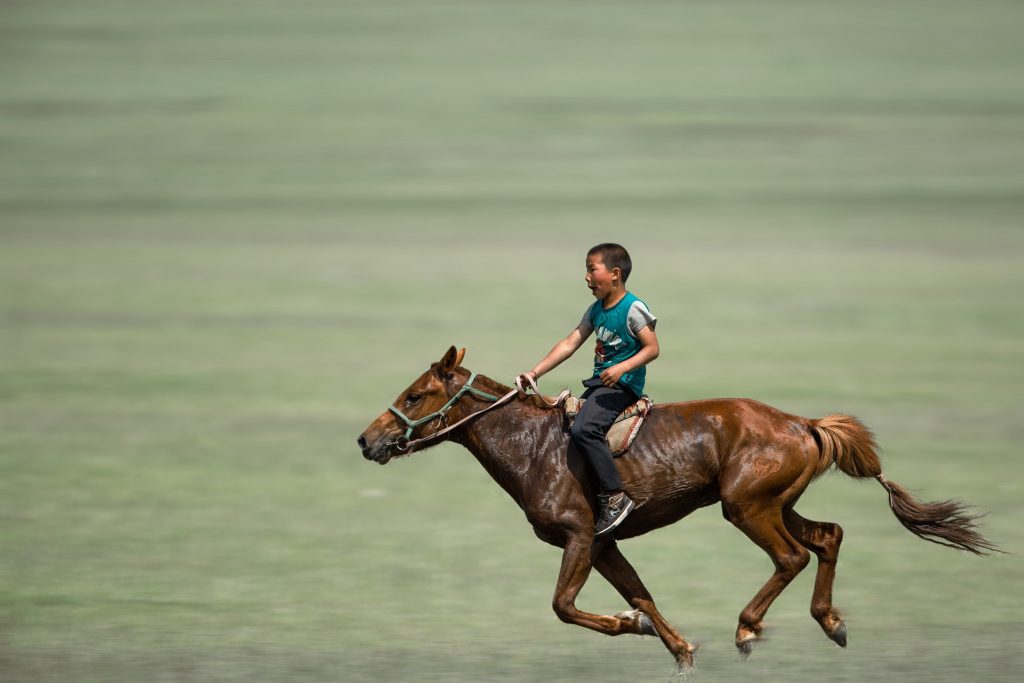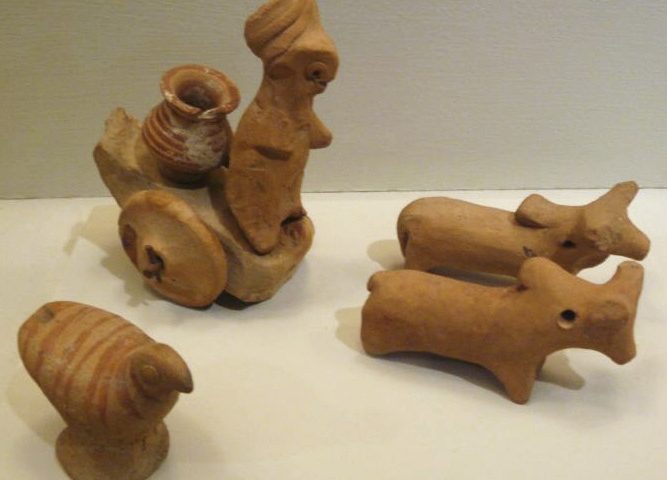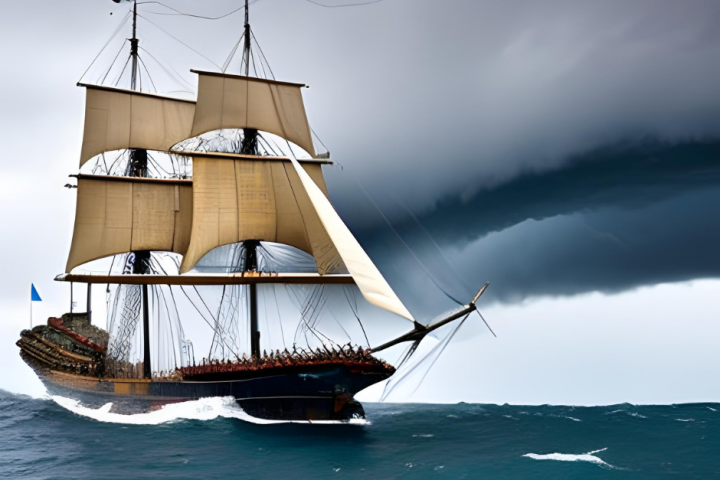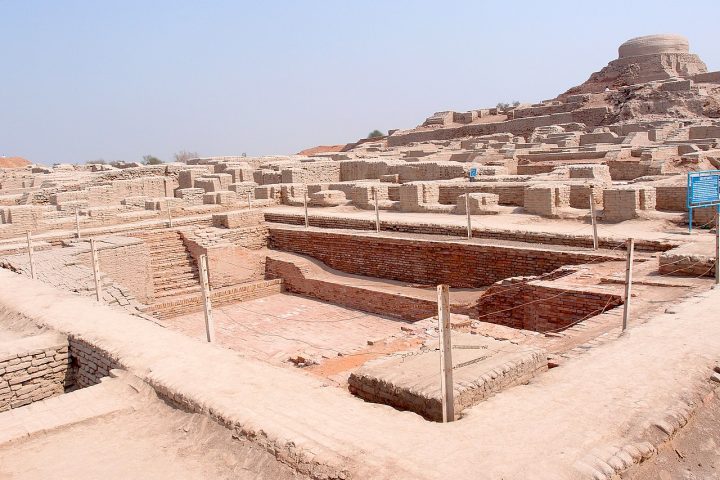Mongolia is located in East Asia bordered by Russia in the north and China in the south. The capital city of the nation is Ulaanbaatar (Ulan Bator) which is also the largest city in the country. The nation is known for being ruled by the greatest emperor in the history of Mongolia i.e. Chennghis Khan, also pronounced as Genghis Khan. He was the founder of the great Mongol empire. Mongolia is home to the world-famous Gobi desert, it is well-known for its nomadic life which is still pursued by many people living in rural areas. Around 28 percent of the population is still living in rural areas. Mongols are largely dependent on their animals for food supplies and are also deeply connected with them. In this article, we will be discussing why Mongols love their animals.

Quadell, CC BY-SA 3.0 http://creativecommons.org/licenses/by-sa/3.0/, via Wikimedia Commons
So, what are you waiting for, hop on with us on the journey to the picturesque landscapes of Mongolia.
What Is Usual Mongol Nomadic Lifestyle?
A nomadic lifestyle highly depends on nature for existence. As nature provides them with the necessary things they need to survive like food, fuel, etc. This is also one of the major reasons why nomads respect nature in all its appearances, be it flora or fauna. Mongols are well-aware of the nature they are surrounded by. According to the oldest Mongolian codes of law, major emphasis is given to nature and its protection.
Another fact to notice is that the Mongolian landscapes are not favorable for agricultural activities resulting in a lack of agricultural produce. Mongolia is a very dry nation and receives around 4 inches of rainfall every year; hence, people are solely dependent on their animals for food production.
Even today most rural people enjoy living a nomadic lifestyle. They make beautiful huts (yurts) called Gers by using the furs and wools they get from their animals.
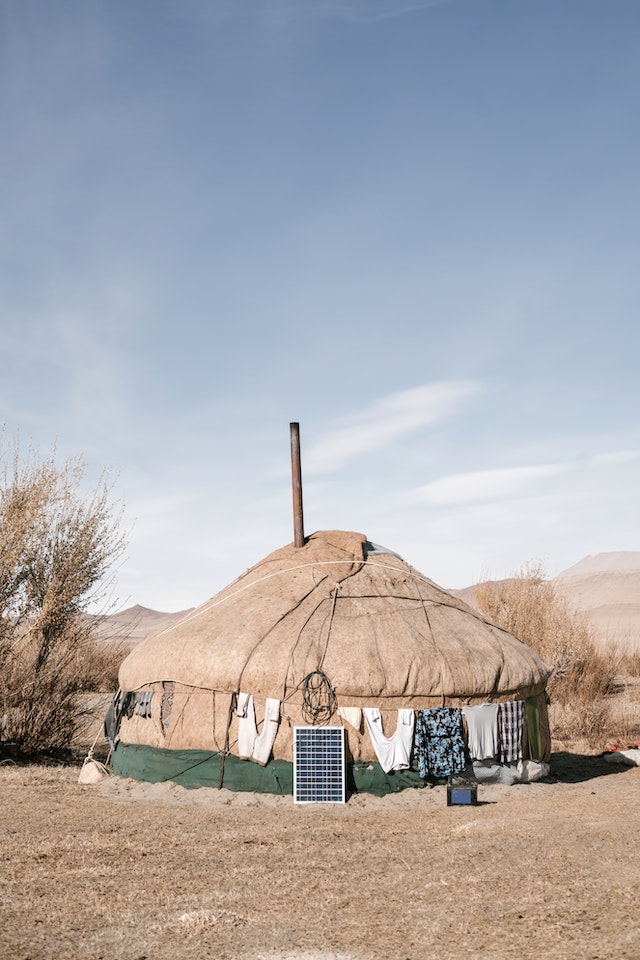
Mongolia is a sparsely populated nation, people have a lot of places to explore, hence they change their location every now and then. They shift to different places as per season. During summers, they shift to the area nearby rivers. In this way, they can get easy access to water for themselves and their animals. When winter approaches the land of Mongolia, these nomads set up their tents in small valleys or nearby forests. This way, they protect themselves from harsh winds and cold breezes.
Mongols always keep their animals above everything else, even before themselves as they believe it is because of the animals they survive, hence, they take very good care of them.
They cherish the nomad lifestyle for its many benefits, one of many is it meets their timely food requirements. Mongols love nomadic culture also because it is the most stable and secure way of livelihood.
You might be interested in our other article “Do you know how ancient Chinese people used to live during the Tang dynasty?”
Before moving on to the next section about Mongolian’s love for their animals let’s see some interesting facts about Mongolia.
Interesting facts about Mongolia
- Mongolia is home to the endangered species of snow leopard, around 13-22 % of the world’s snow leopard population resides in Mongolia.
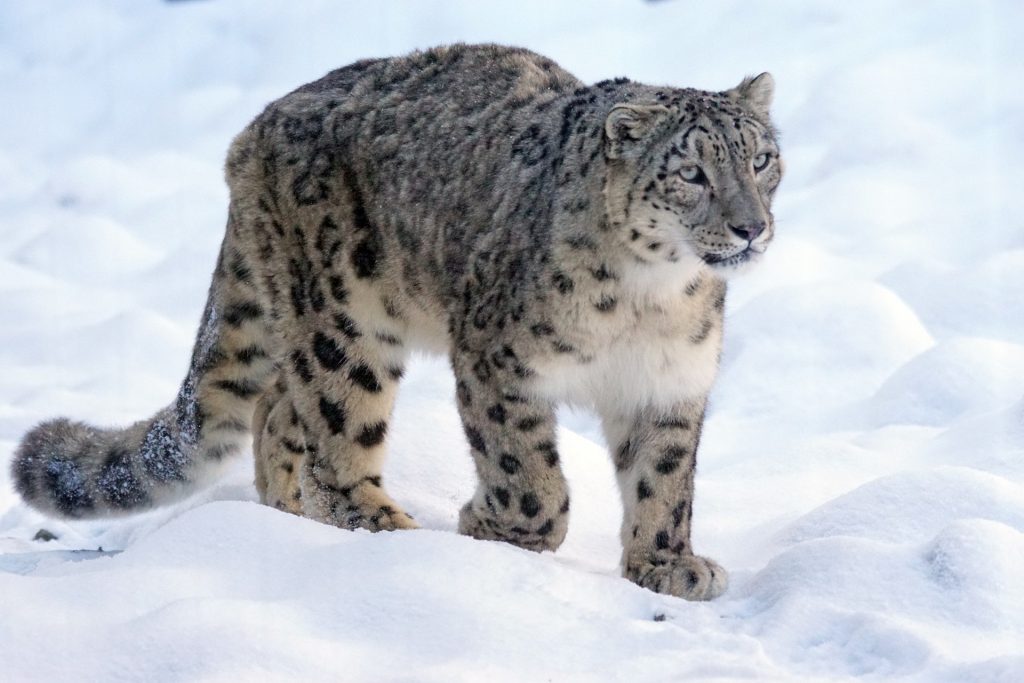
- The Mongol Derby is the world’s longest horse race that covers a track of 1000km.
- Every year, Naadam festival is held in Mongolia, where people participate in various competitions but majorly it focuses on 3 sports i.e. wrestling, horseracing, and archery.
- The meaning of the name of the capital city “UlaanBaatar,” is ‘Red Hero’.
- Mongolians believe that the sacred place in the house is in the north direction hence, doors are always facing the south direction.
- Roy Chapman Andrew, an American explorer in the 1920s led a research expedition in Mongolia, where he successfully found a dinosaur’s egg, a Rhino-like huge Dinosaur skeleton, and the skeleton of a parrot-nosed dinosaur.
Why Mongols Love Their Animals?
Mongols considered animals as their companions for life and believe they have a spiritual connection with them. During ancient times, if a warrior loses his life in a battle or due to any other reason, his horse would be sacrificed as well. As ancient people believed that the horse would carry its owner into the after-world.
There isn’t one but many reasons why Mongols love their animals so much. Mongols meet their major food supplies from animals, whether it is meat or milk. They utilize every part of the harvested animal as they believe that the noble sacrifice should not be wasted.
Furthermore, they use milk to produce different dairy products like curd, cheese, etc. Apart from food, the feces of domesticated animals are used as fuel to cook food and burn fire.
The nomads ensure that their animals need to be fit as their family depends on the health of the herd. They provide their animals with the necessary care and love as Mongols love their animals dearly and keep them high in regard.
During drought or in times of shortage of water, Mongols would drink blood from the neck of the horses. However, they wouldn’t kill the horse, but use a unique technique to puncture the right vein. They would also drink the milk of the mare to keep themselves hydrated.
Let us shed light on the types of domestic animals.
Mongolia has little scope for occupation, therefore, people focus on raising herds and living a nomadic life.
Mongols usually raise five types of domestic animals. These are horses, camels, yaks, goats, and cows. Animals not only meet their food requirements but also prove to be useful for other things as well.
Let us look at them one by one –
Horse
Mongolia is known as the land of horses because the horse population outnumbers the human population in the country. The horses are well-acclimatized with the temperature all year long. They live outside during summer and in winter the temperature goes down to – 40 degree Celsius.
The national beverage of the nation is Airag, which is made by fermenting the mare’s milk. The horse has been of great importance during the reign of emperor Genghis Khan, at the time of war, horses easily would travel for long distances. People would carry loads of items needed during wars on horseback.
Other than this, horse meat is a delicacy that everyone in Mongolia feasts on. Mongolians considered the meat of the horse safer to consume as compared to the meat of the livestock. Hence, you wouldn’t find many hens and chickens in the nation as people don’t value them much.
Camels
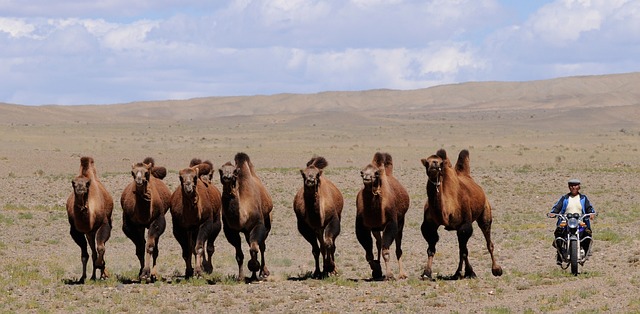
The Mongolian camels are also called Bactrian camels. They are double-humped camels and are considered critically endangered species. More than a domestic animal, the camel has become more of a cultural heritage for the nation.
The major purpose served by camels in Mongolia is transportation. They can live without water for days and also provide milk to the owner, hence are considered the right mode of travel. They are the stable and right form of transportation in the harsh Gobi desert where horses wouldn’t last long.
On average a camel would carry around 170 – 250 kg of material and could travel around 50 km with loaded material.
It is not only used for transportation but is also known for its hair; as the hair of a camel is used in making traditional Ger (yurt) which encircles it from all sides. Their wool is used to make garments and socks. People also enjoy eating camel meat.
Over the past few centuries, the camel population has severely gone down in numbers. Hence, the local people and nomads have introduced various festivals to gather international attention to aware people of their importance.
Sheep and Goats
Other widely domesticated animals in Mongolia are sheep and goats. Nomads use the dried dung of these animals as fuel to burn fires.
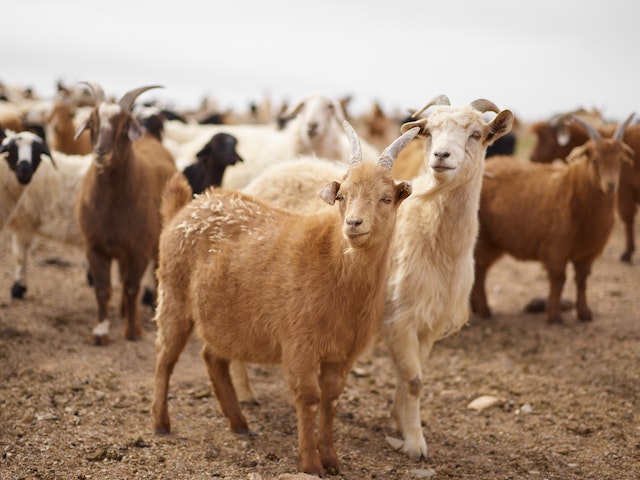
The wools of these animals are used inside the walls of the Gers, to keep the tents warm and cozy. Sheep and goats are more commonly used in dryer areas because of their tendency of destroying vegetation. They would pluck out the green leaves and leave the stems only. This could be seen in the Gobi desert where vegetation has gone down to the bare minimum.
Cattle
Let us now talk about another animal yak. Mongols keep yaks for their smartness. Mongolian yaks are clever as they could find grass beneath the snow as well.
They are hairy and bulky animals. Often Mongolians cross breed Yaks and Cows to produce a hybrid called hainag. Hainag produces much more milk as compared to cows. They are milked twice and are even used to pull carts or sleds during drought.
Conclusion
Although, the major land of Mongolia is covered under sand and the remaining is barren, still there are enough points of attraction to visit.
Mongolia is one such landlocked nation that has made its name in the world for its sheer beauty and nomadic culture which has been followed by its people for ages.
Locals here speak fondly of the folktales of the mountains, rivers, valleys, and their animals as their lives revolve around nature.
This was a sneak peek into the lives of nomads and why Mongols love their animals. We hope you enjoyed reading this article.
